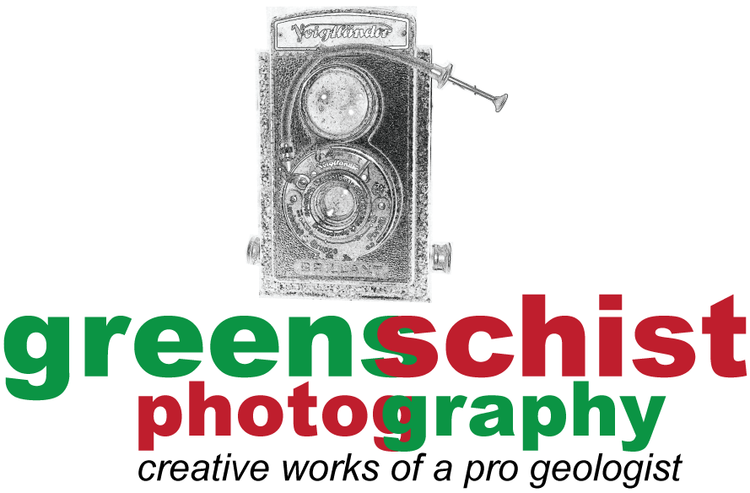I was recently lucky enough to visit northern California and photograph the majestic Coastal Redwoods! If any of you have had the chance to visit this area, you know that producing decent photos of the redwoods can be quite challenging. Here are a few tips that I put together:
Five images stitched together to create a 6x17 format panorama. This was shot using the 35mm F1.4 XF lens on my Fujifilm X-T1.
1. It is best to avoid wide angle lenses, except for specific close proximity compositions. A wide angle lens tends to transform the huge and awe inspiring trunks of the redwoods into skinny straw-like figures. That is unlikely to be the effect most photographers are trying to achieve.
2. Use a normal (35mm APS-C) or telephoto lens. A normal lens will allow you to retain the width, breadth, and enormity of the tree trucks (see panoramic image above). Careful composition can produce wonderful results! A telephoto lens will allow you to compress the depth of the forest, making it appear to look more dense than it really is.
3. Don't try to photograph the entire redwood tree! It is not only a fruitless effort, but even if you succeed, you will almost always lose a sense of scale...or the tree will appear to be leaning away from you!
As you can see here...a normal lens (35mm APS-C) does a fine job of retaining the scale of the trees.
4. Scale back your camera's exposure compensation dial (-1, -2, -3, etc.) to account somewhat for high contrast conditions when shadows and sunlit trees are combined in you composition! Sometimes the light meter in your camera overcompensates for the darks areas at the expense of the bright areas...resulting in loss of detail in those portions of your photo. Play around with your settings to find something that looks good.
5. Set your aperture to F16, use a tripod, and use your camera's timer function. Since each of your exposures are likely to last several seconds, stability is your friend!
6. Don't ignore smaller, more intimate compositions in lieu of always capturing the bigger scene! Also, don't be scared to break out the macro lens!
7. Don't hesitate trying some black and white photography. Concentrate more on composition, textures, contrast, and lighting to produce some truly wonderful results!
Bring forth you inner Ansel Adams! Black and white photography can be fun...producing compositions that you would typically ignore.
8. As an alternate to digital photography, go old school with analog. Whether it be 35mm, medium format, panoramic, or large format...go for it!
This composition utilizes trees on opposite sides of the image to frame the "tree of interest" in the center of the photograph.
Once again...the normal lens is your friend as shown in this photo.
My list of tips are merely the tip of the iceberg! As you get out there and shoot...you will find other "tips" that help you as a photographer express your vision through your photography!





